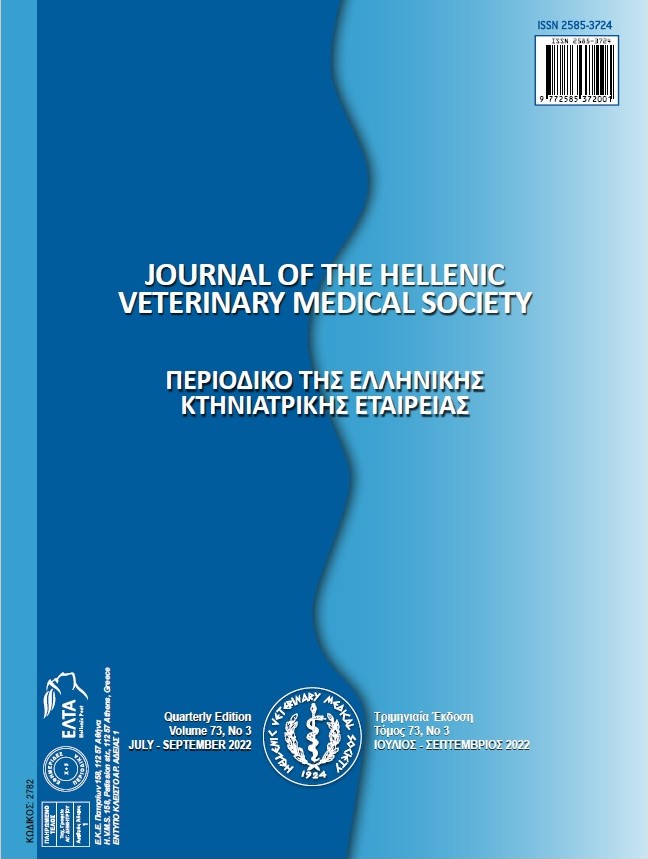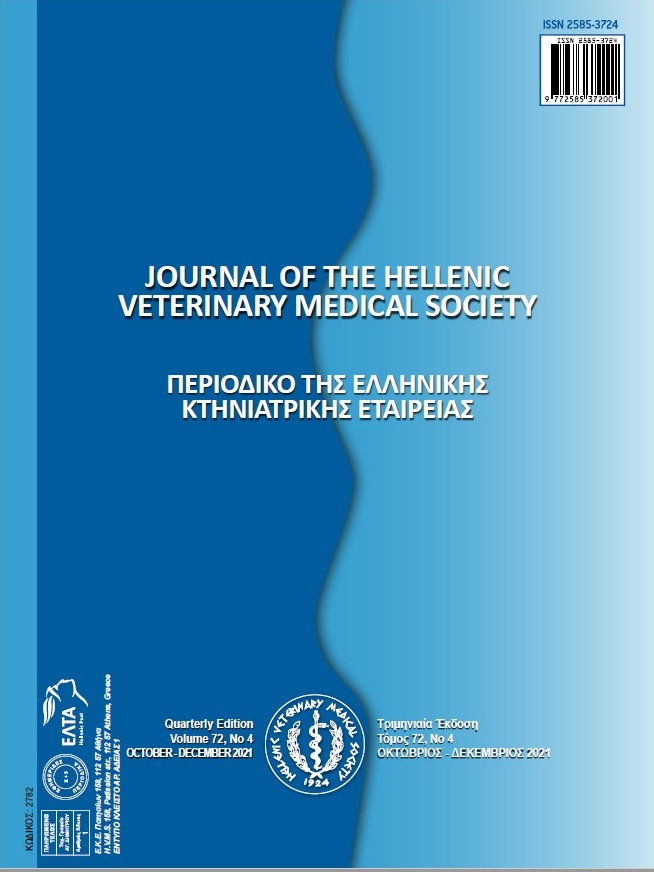Influence of lysozyme utilization with lactic acid bacteria in yoghurt on some foodborne pathogens

Resumen
Despite the existence of many different food preservation methods, foodborne pathogens are still the most common related problems to dairy products. Developing naturally alternative techniques to control such problems is necessary. This research was planned to assess the bacteriological quality of yoghurt samples commercially available in Kafr El-Sheikh city, Egypt. Also to study the impact of natural antibacterial agents on the inhibition of selected foodborne pathogens artificially inoculated in yoghurt samples. The obtained results revealed poor bacteriological quality of the examined yoghurt samples, as total staphylococci and coliforms were detected in 80% and 90% yoghurt samples, with mean values of 2.4 ×103±0.13× 103cfu/gm and 3.6×105± 2.4×105 MPN/gm, respectively. S. aureus was noticed in 4% of examined samples, polymerase chain reaction (PCR) confirmed the presence of virulence adhesion gene (clfA) in one isolate. E. coli was detected in 14% of yoghurt samples, then serologically identified as O146:H5 (2), O111:H2 (2), O125:H11 (1), O26:H10 (1) and O158:H7 (1). Artificially inoculated yoghurt with S. aureus (7.39 log cfu/gm) and E. coli (8.3 log cfu/gm), were used to investigate the ability of hen egg-white lysozyme either with LAB classic or with ABT-5 (L. acidophilus LA5+ S. thermophiles + Bifidobacterium Bb12) starter cultures to inhibit the growth of these pathogens. During refrigerated storage, all yoghurt batches showed a reduction in pH value. It was observed that both pathogens couldn't be detected in the yoghurt batch containing LAB classic starter + heated lysozyme. Furthermore, S. aureus was completely inhibited in that containing ABT-5 cultures alone, while E. coli decreased by 6.23 log. Conversely, there was not complete inhibition in other batches containing (LAB classic starter, LAB classic starter+ native lysozyme, ABT-5 culture+ native lysozyme and ABT-5 culture+ heated lysozyme) as the reduction rate during all storage periods for S. aureus count was 1.66, 2.63, 4.47 and 4.19 log, While for E. coli count was 3.3, 3.81, 5.53 and 4.89 log, respectively. This study highlighted the importance of adding natural antibacterial agents like lysozyme with LAB culture to yoghurt as a bio-control strategy to overcome foodborne pathogens that cause a public health hazard.
Article Details
- Cómo citar
-
Ismail, A., Deeb, A., Alhawary, I., Elkassas, W., & Hegazy, Y. (2022). Influence of lysozyme utilization with lactic acid bacteria in yoghurt on some foodborne pathogens. Journal of the Hellenic Veterinary Medical Society, 73(3), 4535–4544. https://doi.org/10.12681/jhvms.27796
- Número
- Vol. 73 Núm. 3 (2022)
- Sección
- Research Articles

Esta obra está bajo una licencia internacional Creative Commons Atribución-NoComercial 4.0.
Authors who publish with this journal agree to the following terms:
· Authors retain copyright and grant the journal right of first publication with the work simultaneously licensed under a Creative Commons Attribution Non-Commercial License that allows others to share the work with an acknowledgement of the work's authorship and initial publication in this journal.
· Authors are able to enter into separate, additional contractual arrangements for the non-exclusive distribution of the journal's published version of the work (e.g. post it to an institutional repository or publish it in a book), with an acknowledgement of its initial publication in this journal.
· Authors are permitted and encouraged to post their work online (preferably in institutional repositories or on their website) prior to and during the submission process, as it can lead to productive exchanges, as well as earlier and greater citation of published work.



